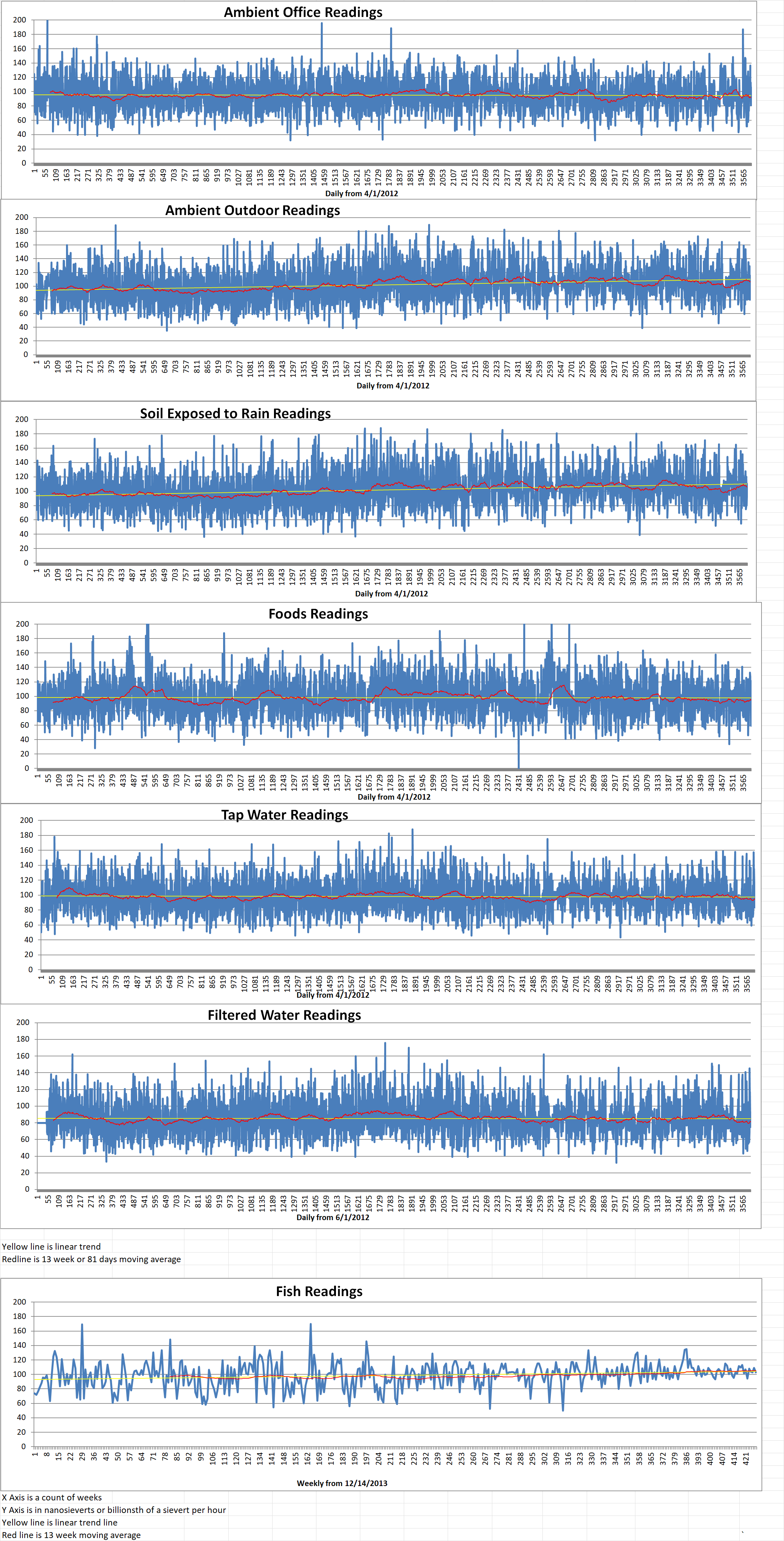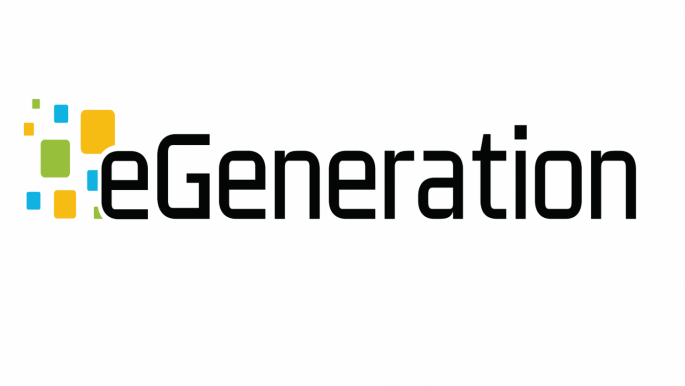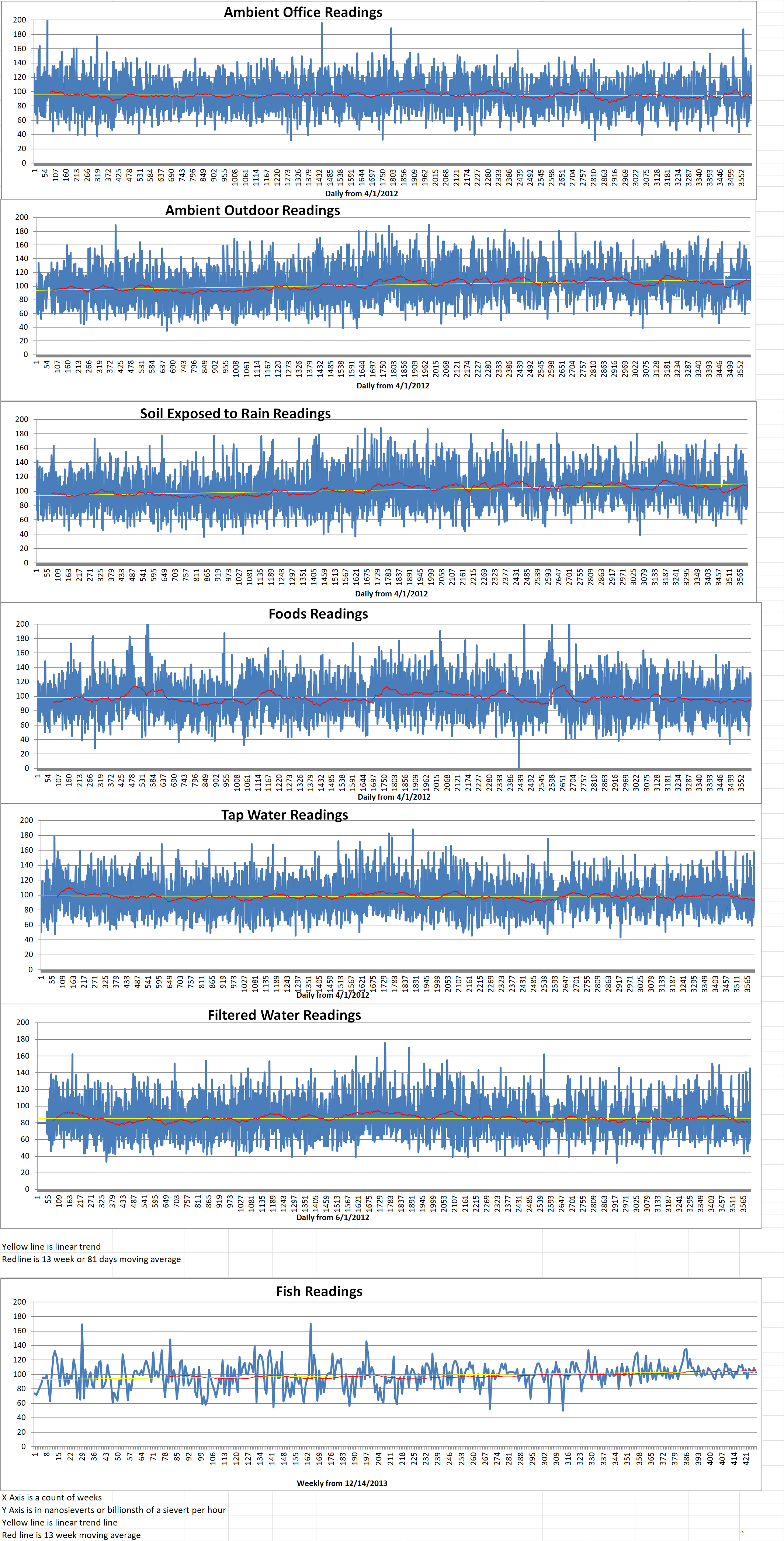Blog
-

Geiger Readings for May 13, 2022
Ambient office = 106 nanosieverts per hour
Ambient outside = 94 nanosieverts per hour
Soil exposed to rain water = 95 nanosieverts per hour
Tomato from Central Market = 88 nanosieverts per hour
Tap water = 103 nanosieverts per hour
Filter water = 93 nanosieverts per hour
-

Nuclear Reactors 1025 – Ohio Legislature Working On Bill To Stimulate Molten Salt Reactor Research and Development – Part 2 of 2 Parts
Part 2 of 2 Parts (Please read Part 1 first)
Under HB 434, the new state nuclear authority would perform “an essential government function [on] matters of public necessity for which public moneys may be spent and private property acquired.” The bill offers no estimate of how much money would ultimately be spent. Any fiscal impacts would not be known until an agreement with the NRC or the DoE.
Meetings of the nuclear authority would be considered public meetings. However, the nuclear authority could use staff or experts at the Ohio Department of Development. This state agency delegates many activities to JobsOhio. This institution is a statutorily created corporation that is exempt from Ohio’s public record law. Funding for JobsOhio comes for Ohio Liquor pursuant to a partnership with the Ohio Department of Commerce’s Division of Liquor Control. The Department of Development has not commented on what role JobsOhio might plant if HB 434 is enacted.
Peter Bradford is a former Nuclear Regulatory Commissioner who has also served as utility regulator in New York. He said, “It’s hard to know who’s going to be more disappointed — the citizens of Ohio if that bill becomes law and they actually spend any money trying to promote a molten-salt thorium-based reactor, or the promoters of the bill if anyone takes a serious look at how much it would cost actually to incubate a thorium fuel-cycle in Ohio.”
Bradford went on to say, “Nuclear power’s biggest problem is its cost,” and noted that thorium-based molten salt reactors are more expensive than other designs. He added. “Also, they are at least a decade away from being licensed and building a prototype, which would still have to prove itself to be reliable and economically competitive, which it is unlikely to be able to do.” He estimated it would take about ten billion dollars to build a prototype. However, it probably would not be able to produce electricity economically.
It is unclear what, if anything, the bill could actually authorize without approval from the NRC or the DoE. The nuclear authority would not be able to proceed with the construction of a molten salt reactor on its own without a permit from a U.S. federal agency. Stein said that a legislative resolution had requested a delegation of authority from the federal government. That has not happened yet.
Bradford said, “It’s not obvious really that [HB 434] does much more than lend comfort to the tub thumpers for thorium or small reactors generally.” Other designs for new reactors are closer to coming online than the molten salt reactor envisioned by HB 434 supporters. Gehin said, “A molten salt reactor isn’t going to be the next one over the finish line.”
Lyman and Bradford have mentioned that they found it odd for HB 434 to follow so soon on the heels of HB 6. HB 6 was the nuclear and coal bailout law at the heart of Ohio’s ongoing corruption scandal. Bradford said, “There’s simply no guardrails or safeguards against any of the abuses that Ohio citizens or customers have suffered in the last five or six years, which is pretty breathtaking.” Lyman said, “You’d think after that fiasco the legislature would be a little more cautious.”
HB 434 passed in the Ohio House at the end of March 2022. No hearings have been scheduled yet in the Ohio Senate’s Energy and Public Utilities Committee. -
Nuclear News Roundup May 12, 2022
How Ukraine war influenced the SNP’s NATO position bbc.com
TVA eyes late 2023 or early 2024 for SMR license application world-nuclear-news.com
French scientist leading nuclear fusion project dies at 72 abcnews.com
Putin health bombshell: Top commanders would ‘ignore’ nuclear order as he is ‘gravely ill’ express.co.uk
-

Geiger Readings for May 12, 2022
Ambient office = 81 nanosieverts per hour
Ambient outside = 115 nanosieverts per hour
Soil exposed to rain water = 111 nanosieverts per hour
Red leaf lettuce from Central Market = 59 nanosieverts per hour
Tap water = 83 nanosieverts per hour
Filter water = 75 nanosieverts per hour
-

Nuclear Reactors 1024 – Ohio Legislature Working On Bill To Stimulate Molten Salt Reactor Research and Development – Part 1 of 2 Parts
Part 1 of 2 Parts
Three years ago, Ohio lawmakers tried to bail out the state’s aging nuclear power plants by passing a law intended to make utility customers pay more than one billion dollars in subsidies for these former FirstEnergy commercial nuclear power plants.
The nuclear subsidies called for by the bill were eventually repealed. Now some lawmakers are promoting legislation to aid private companies in developing a type of next-generation nuclear technology known as a molten salt reactor.
Ohio House Bill 434 does not include any direct funding for such reactors, but it would establish a state nuclear development authority meant to attract federal research contracts. It would also be eligible for state economic development funding. In addition, it would have the authority to purchase property.
Representative of a Cleveland-based nonprofit organization called eGeneration, testified in favor of the bill. They stress the potential benefits of developing the project in Ohio. Supporters of the bill say that the technology could generate carbon-free power for centuries using spent fuel depleted at convention nuclear power plant or by converting thorium into nuclear fuel.
Critics of the bill see it as another attempt by Ohio lawmakers to favor a particular form of power generation. They are also concerned about the possible lack of transparency with state economic development spending. Much of state spending is currently handled by a group that is not subject to the public records law of Ohio. The Ohio Nuclear Free Network said the bill was a “radioactive taxpayer subsidy.”
HB 434 would establish an Ohio nuclear development authority with members being appointed by the governor after a nomination process resembling that of the Public Utilities Commission of Ohio. The new nuclear authority would be inside the Department of Development of Ohio.
Dick Stein is a Republican representative for Norwalk and a sponsor of the bill. He said, “We want a voice to bring projects here to Ohio.” Ohio does not have a national laboratory or other consolidated entity to go after contracts for nuclear power development. Although there are potential suppliers in the state for such contracts. The bill might bring jobs and future economic development to the state. He also pointed out that the technology would not emit carbon dioxide.
The nuclear authority envisioned by the current bill would seek authority from the Nuclear Regulatory Commission (NRC) or the Department of Energy (DoE) for the development of advanced nuclear technology. It would also promote commercialization of that technology which could include the manufacture of components to treat, store and dispose of spent nuclear fuel. The nuclear authority would grant “priority to projects that reduce nuclear waste and produce isotopes.”
A molten salt nuclear reactor operated at Oak Ridge National Laboratory in the 1960s. Elysium Industries is a New York company working on an updated version of molten salt technology. It claims on its website that its reactor could run on spent nuclear fuel, depleted uranium or a mixture of uranium and/or converted thorium ore for up to ten thousand years. Ed Pheil is the chief technology officer of Elysium Industries. He urged Ohio lawmakers to pass HB 434. The process also allows for the extraction of medical isotopes said the bill supporters.
Jason Stephens is the Republican representative of Kitts Hill. He asked Williams Thesling, eGeneration executive chairman, “Is it fair to say that HB 434 would help cure cancer?” Thesling responded “Yeah.”
Sarah Spence is the executive director of the Ohio Conservative Energy Forum. She testified in favor of the bill. The group supports energy innovation in Ohio. It aims to promote an all-of-the-above strategy. Nonetheless, the group would have concerns if in practice the bill were used to subsidize one or two companies at the expense of competitors.
Please read Part 2 next -
Nuclear News Roundup May 11, 2022
Putin’s secret briefcase that could trigger a nuclear Armageddon and obliterate the West express.co.uk
Moscow in FLAMES: Huge fire rips through Russian capital after car explosions express.co.uk
Russian TV host refuses to apologize for report on mock nuclear attack on Ireland irishtimes.com
Nuclear bomb blast simulator allows you to see what a strike on your hometown might look like pennlive.com
-

Geiger Readings for May 11, 2022
Ambient office = 83 nanosieverts per hour
Ambient outside = 93 nanosieverts per hour
Soil exposed to rain water = 97 nanosieverts per hour
Red bell pepper from Central Market = 87 nanosieverts per hour
Tap water = 85 nanosieverts per hour
Filter water = 77 nanosieverts per hour
-

Nuclear Reactors 1023 – Tractebel Is Working On The Nuward Small Modular Reactor Project For France
Tractebel is going to contribute to the development of France’s Nuward small modular reactor (SMR) project. The Belgian engineering company will carry out studies for the completion of the conceptual design of “the first SMR is the European Union.
The French Nuward project was launched in September 2019 by the French Alternative Energies and Atomic Energy Commission (AEC), EDF, Naval Group and TechnicAtome. The Nuward consists of a three hundred and forty megawatts SMR plant with two pressurized water reactors (PWRs) generating one hundred and seventy megawatts each. The project has been jointly developed based on France’s experience in PWRs. The CEA has contributed to the development of the Nuward design with expertise in research and qualification. The EDF has aided through its experience in systems integration and operation. Naval Group has contributed its structure and modular experience to the project. TechnicAtome will provide its compact reactor design experience.
Centre National d’Equipement de Production d’Electricité (CNEPE) is EDF’s engineering center located in Tours, France. Tractebel has signed a contract with CNEPE to conduct conceptual design studies for parts of the conventional island or turbine hall, the balance of plant water intake and servicing system and the 3-D modeling of the buildings housing these systems. The contract will run until October of 2022.
Tractebel experts will manage interfaces with the different partners in Nuward to ensure that the data received or provided are communicated clearly and in a timely fashion. They will also be responsible for the civil engineering preliminary studies and the evaluation of costs related to Tractebel’s scope. In addition, Tractebel will draw up the site layout in conjunction with the other Nuward partners. Tractebel said that its engineers have already carried out technical and economic studies to confirm several design options.
Sébastien Pageaud is the Tractebel Project Manager. He said, “We are proud to take part in the development of one of the first SMR designs in Europe that will contribute to the EU’s carbon-neutrality by 2050 objective. The project requires diverse engineering skills (systems, civil, 3-D modeling, etc.) that we can provide to Nuward. Around 20 of our engineers are currently working on the project. We look forward to continuing to support EDF and its partners in delivering the Nuward project successfully.”
The next phase of the project will be the basic design completion. It is expected to start in 2023. Tractebel said that it is currently mobilizing its resources to support EDF during this phase. They will be working in fields of systems studies and civil and layout engineering as well as conducting the electrical and safety/licensing studies.
The Nuward partners intend to complete the basic design of the Nuward system between 2022 and 2025. The design should enter the “advanced concept between 2025 and 2030. During this time the design is expected to b e certified and the supply chain developed. Construction of a demonstration Nuward SMR is scheduled to start in 2030 and take three years to complete. -
Nuclear News Roundup May 10, 2022
North Korea fires 3 ballistic missiles amid 1st virus outbreak abcnews.go.com
Nuclear plant owner Talen Energy Supply files for bankruptcy standardspeaker.com
Public meeting planned to discuss Cooper Nuclear Exercise ncnewspress.com
Iran detains 2 Europeans; EU envoy in Tehran about nuke deal abcnews.go.com
